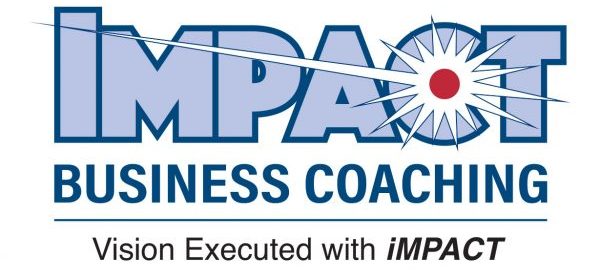4 Steps to Successful Succession Planning
Most owners don’t think about or actually plan out their succession plan. Even the ones that do, only think about the financial, tax and estate planning aspects of succession planning. There are typically no formal buy-sell agreements or, if any, only impractical or outdated ones. No ability or tools exist to handle family or remaining partner or senior management disagreements. (Why Management Succession Planning is Important?)
Our focus in Succession Planning is the transition or succession of the MANAGEMENT of the company. Creating a Management succession plan is what gives your business real, salable value. This is even more important than systems, processes and, surprisingly, sales and profits. Imagine what would happen to your company if you or a key employee suddenly was unavailable.
Management Succession Planning and Business Continuity / Business Legacy are Directly Linked
We all know or have witnessed companies that have failed in the second or third generation hand-off. Let’s look at some of the reasons why they fail:
- No Succession Plan.
- Multiple internal suitors for the same roles (bad internal competition, duplication of efforts and missing key pieces or ‘gifts’).
- Lack of training by the Founder (CEO) of the ‘secret sauce’.
- No clear understanding of the Passion / Brand / Business Purpose / Vision by the Senior Team and workforce.
- The Passion / Brand / Story is not embedded into the fabric or culture of the company.
- CEO was ‘too’ strong of a leader and didn’t allow their future leadership team to develop.
- CEO avoided the ‘family’ challenges of making role selections for the transition.
- Senior managers or family members pressed into roles they don’t like or aren’t capable to perform.
- Did not involve trusted advisors with a coordinated approach. Each discipline (insurance, personal estate, corporate tax, personal tax, legal, banking, management consultant, human resource development, etc) had wants and needs that sometimes run counter to other areas of discipline wants and needs.
- No plan for the unexpected. We all know owners who get sick or pass away, leaving undecided issues and unprepared heirs to try to make a go of it.
- Should we keep going?
4 Steps to Management Succession Planning
1. Revisit the Vision / Brand / Business Purpose of the company.
Figuring out the right people to lead the organization has a lot to do with matching the skills, experience and perspective of your successor management with the Vision and Brand of the business. Think about the skills and talents required to drive the brand first, before trying to match people and place people into specific roles. Most owners will inventory their people first, and then try to figure out a place to use them. You will likely over-emphasis or mis-focus aspects of your business instead of staying true to your brand and corporate story.
2. Sit with your people and find out what they want
Tying desire and passion of the individual to their primary role and responsibilities is best. People perform at their highest level with less turnover if matches with what they like doing. What they like doing is usually what they are best at doing. This discussion should be very open and have most of its focus on the future, where do they want to go, even if it’s not with your company. If done right, it will be a very open and interactive discussion than will give you clues for how to leverage the gifts of your existing people.
3. Most likely you are missing some parts of the puzzle
Most successful founders have more than 1 gift, business gift. Most of us average people only have 1 gift, but we have at least 1. Don’t oversell yourself on which gifts your favorite person or family member has. Be honest. Have integrity for the other employees, customers, the brand….and your Legacy. The business Legacy is key, not the mechanics of making revenues and profits. Quite the opposite. It is the integrity of the Brand and the (positive) institutionalization of the brand into the daily culture. Key is that the Brand is independent upon any individual person, including you, the owner. We will likely need to go outside the business to find part of the solution.
4. Use your team to build it
If you have a senior team, get them involved in the process. If you don’t have one yet, that is your second step, identifying potential members of your senior team (see above). Use a third party facilitator like a business coach. This is not a role for the CPA, the attorney or other trusted advisor can play. We are talking about getting to know your people, their talents and their desires. These other advisors will play important roles in the legal, tax and financial funding aspects of the succession plan, but not this most important part.
Management Succession Planning is the key driver in the current, future and resale value of your business. Make a plan ahead of time so you have time to design and implement it. It won’t get built overnight and you will make changes as you test your plan and your people.
Please leave comments below for discussion of Management Succession Planning. Share your concerns as well as what has worked or not worked for you. Please join our Community of 6 Pillars of Business Success.
Next Step on the Path to Business Legacy
The above will be enough of a guide to get started today. However, at iMPACT Business Coaching, we recognize that it is difficult to change course and as well as to implement ideas. We are skilled at helping companies clarify their vision, develop strategies and implement action plans. Along the way, we build employee buy-in and the strong leadership and performance focused cultures where employees want to be part of the future.
Please contact us at info@iMPACTbizCoaching.com. Vision executed with iMPACT.
847-544-6878
